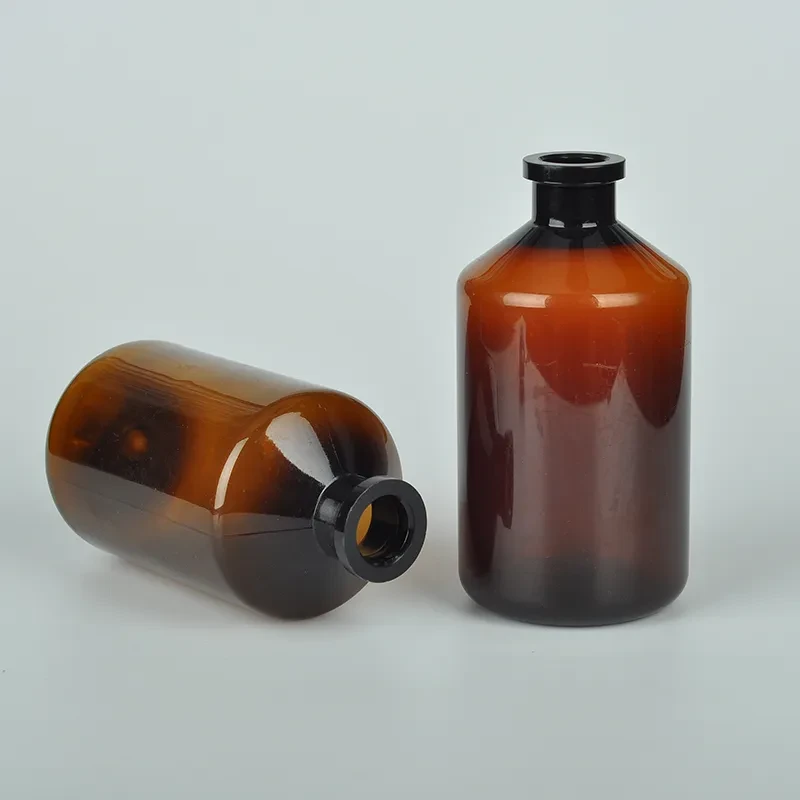Innovative Design Concepts for Plastic Bottle Base Structures and Functionality
The Design of Plastic Bottle Bases A Significant Element in Packaging Innovation
In the contemporary world, where sustainability and functionality are paramount, the design of plastic bottles has evolved significantly over the years, especially when it comes to the base. The base of a plastic bottle may seem like a trivial aspect of its overall design, but it plays a critical role in stability, manufacturing, recycling, and user experience. This article will explore the various facets of plastic bottle base design and its impact on both consumers and the environment.
Stability and Performance
One of the primary functions of a bottle base is to provide stability. A well-designed base ensures that the bottle can stand upright without tipping over, reducing the risk of spills. This factor is particularly important for bottles that hold liquids, whether they’re beverages or cleaning agents. The base's shape—often slightly recessed or with ribs—helps create a lower center of gravity, enhancing stability. Modern designs often incorporate features such as raised surfaces or distortion in the mold, providing additional grip during transportation and storage.
Moreover, the base influences the overall performance of the bottle. For instance, the pressure exerted on the bottle during filling, distribution, and storage can lead to deformation if the base is not adequately engineered. Designers must consider the stresses the bottle will face throughout its lifecycle when crafting the base. Through innovative designs, brands can produce bottles that withstand rigorous handling while maintaining their integrity and aesthetics.
Manufacturing Efficiency
The efficiency of bottle production is also closely tied to the design of the base. The chosen design can significantly affect the manufacturing process, especially in blow molding—the most common method for producing plastic bottles. A streamlined base design reduces production time and material waste, which can ultimately lower costs. Advanced manufacturing techniques allow for the creation of bases that support the lightweighting trend, wherein manufacturers seek to reduce plastic usage without compromising safety and durability.
Additionally, the base can facilitate easier stacking and storage during shipping and retail display. Designers must balance aesthetics with functional goals, ensuring that the bottle remains appealing while optimizing space efficiency in logistics. With so much competition in the beverage industry, savvy design can give brands an edge by allowing for better shipping strategies while also appealing to eco-conscious consumers.
plastic bottle base design

Recycling and Sustainability
As the world grapples with a plastic waste crisis, the design of plastic bottle bases must also account for recyclability. The choice of materials and the construction of the base greatly influence the entire bottle’s ability to be recycled. For example, utilizing a monomaterial design can make recycling processes more efficient, as it reduces contamination and the need for sorting.
Moreover, the base design can help communicate the recyclability of the product to consumers. Clear labeling and distinctive base shapes can signify eco-friendliness. Companies increasingly aim to educate and encourage consumers to recycle effectively, and thoughtful design can play a pivotal role in this process.
User Experience
Finally, the design of the bottle base can impact user experience. For consumers, a well-crafted base can offer ergonomic benefits, such as ease-of-grip when pouring or carrying. Innovations in base design, such as integrated handles or textured surfaces, can significantly enhance user satisfaction. Additionally, bases that prevent condensation buildup can improve the overall experience, as users do not have to deal with slippery surfaces.
As consumers become more discerning about the products they choose, brands must pay attention to every detail—right down to the base of a plastic bottle. An effective design can resonate with eco-conscious consumers, enhance usability, and ensure product integrity, creating a strong connection between the brand and its customers.
Conclusion
In conclusion, the design of plastic bottle bases is a critical aspect of packaging innovation that extends beyond mere aesthetics. It encompasses stability, manufacturing efficiency, sustainability, and user experience. As the industry continues to innovate, focusing on the base design will be essential for developing products that meet the demands of modern consumers while promoting environmental consciousness. The future of plastic bottle design will likely focus on smarter, more sustainable solutions that align with global efforts to reduce plastic waste and enhance product functionality.
-
Aesthetic Makeup Spray Bottles | Fine Mist Empty RefillableNewsAug.19,2025
-
White Plastic Veterinary Vaccine Vials | Lab Liquid BottlesNewsAug.18,2025
-
Plastic Medicine Liquid Bottle: Secure Flip Top Drug VialsNewsAug.17,2025
-
Durable 250ml Blue Plastic Vaccine Vial for Lab & Vet UseNewsAug.16,2025
-
Sterile Virus Sample Tubes: Secure & Reliable Specimen CollectionNewsAug.15,2025
-
White 250ml Plastic Vaccine Vial for Lab & Vet MedicineNewsAug.14,2025
























